
Filling Canada's Geographic Data Gaps
Last month we highlighted the species missing from Canada on iNaturalist. This month we’re highlighting the places in need of data on all species, not just rare or missing ones. Adding observations fr...
This @inaturalist.bsky.social blog post highlights a big issue typical of Canadian 🇨🇦 biodiversity research.
"Over half of iNaturalist observations are found in 1% of the landmass of Canada."
Check out the map at the 🔗 – maybe you can fill some gaps?
🧪 🌎
www.inaturalist.org/blog/110352-...
01.05.2025 17:17 — 👍 34 🔁 12 💬 1 📌 3
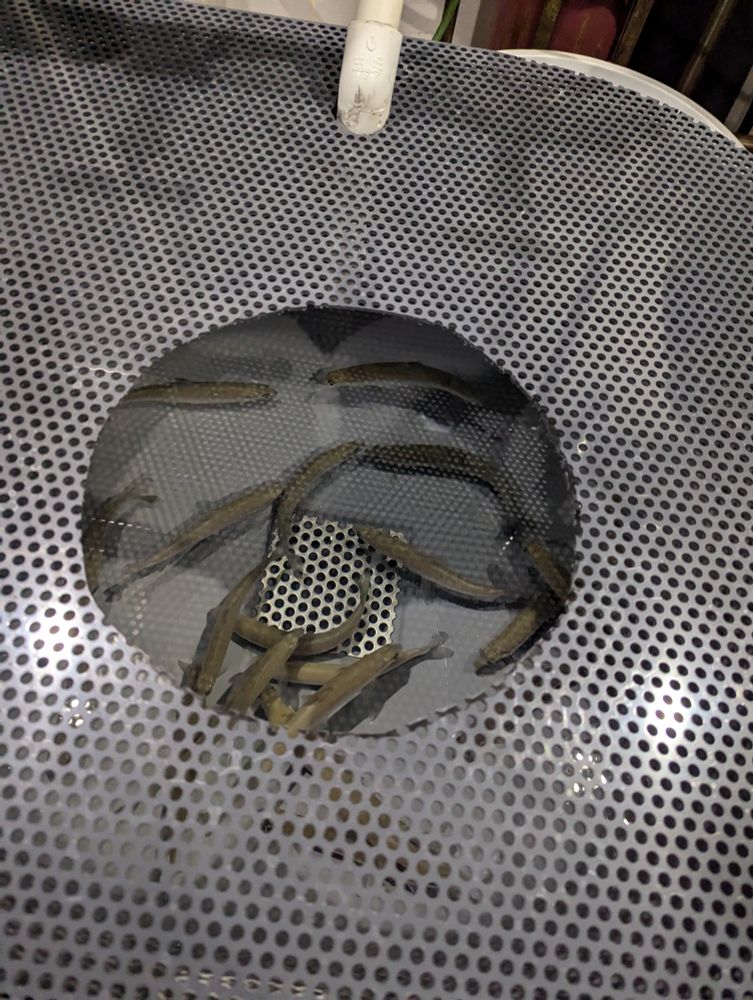
A fish rank showing juvenile lake white fish swimming around. Tank had a partial cover with a whole in the middle showing fish.
I'm looking for a post doc to work on the effects of CO2 and diet on lake whitefish growth and physiology in collaboration with Dr David Huyben. Term 12 months, salary 60k CAD. More info here utsc.utoronto.ca/biosci/emplo.... Deadline May 18! @utscbiology.bsky.social
17.04.2025 14:58 — 👍 20 🔁 15 💬 0 📌 1
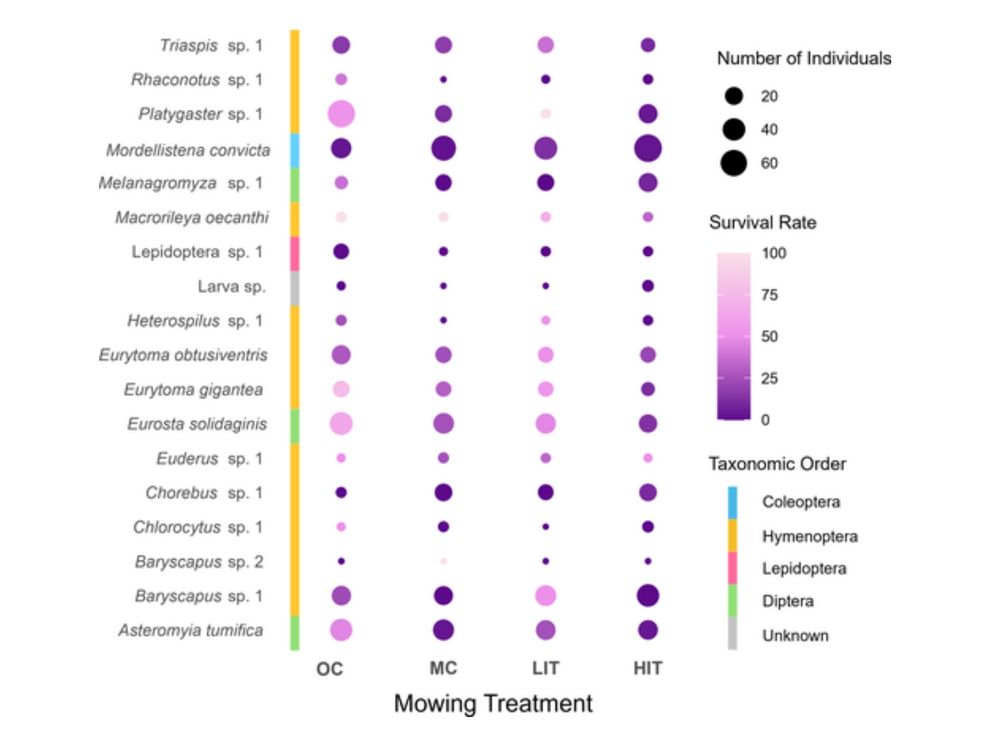
Heatmap showing how different stem-dwelling insect species respond to increasing levels of mowing intensity. Species names are colour-coded by order. Circles of varying size based on sample size vary in colour for each species across the different mowing treatments. Darker purples denote lower survival rates while pinks denote higher survival rates. The heatmap shows that many species respond differently to the different mowing treatments with some species exhibiting higher survival rates at some mowing intensities compared to other species and vice versa.
Calling all meadow and grassland conservation biologists 🌾🌻🌾!!! Do you use mowing as part of habitat management 🚜? Our (@jscottmacivor.bsky.social + @tonuferko.bsky.social) new paper in Insect Conservation and Diversity shows how mowing acts as an environmental filter for stem-dwelling insects 🪰🪲🐝🐛.
26.03.2025 12:09 — 👍 8 🔁 3 💬 2 📌 0
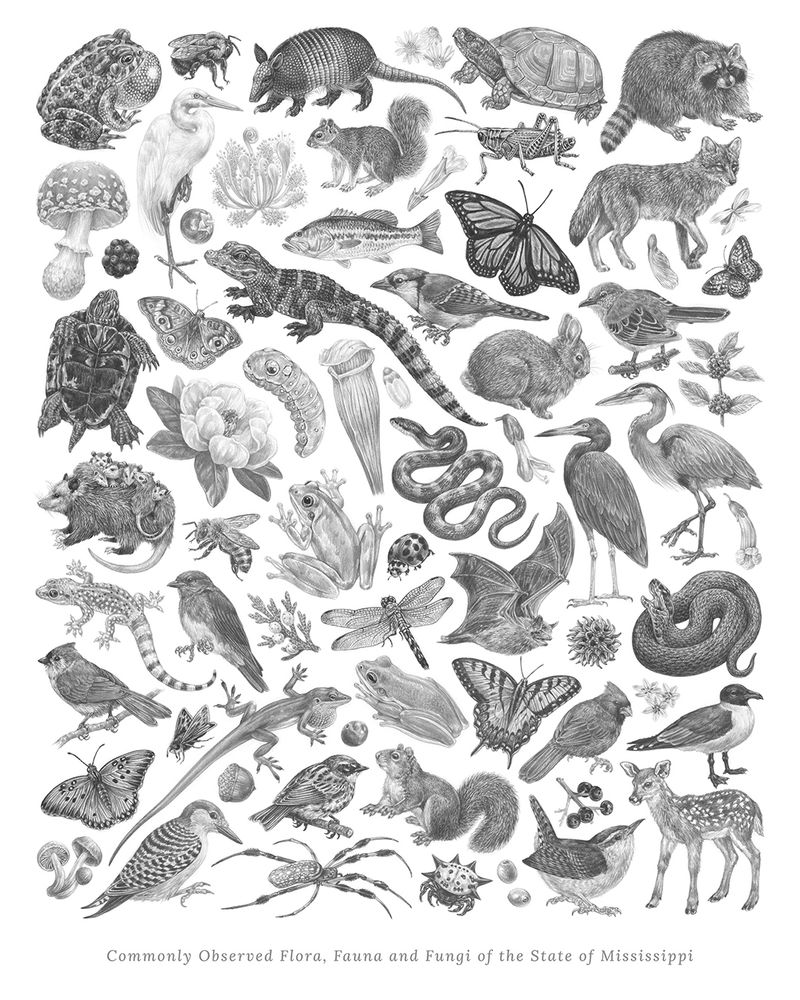
800+ drawings done! I just completed my four year ‘Commonly Observed Flora, Fauna and Fungi’ project by publishing all 50 state prints! I used iNaturalist to identify frequently spotted species in each state, rendered these species in pencil, and arranged the drawings into prints with species keys.
18.01.2025 16:47 — 👍 263 🔁 43 💬 12 📌 7
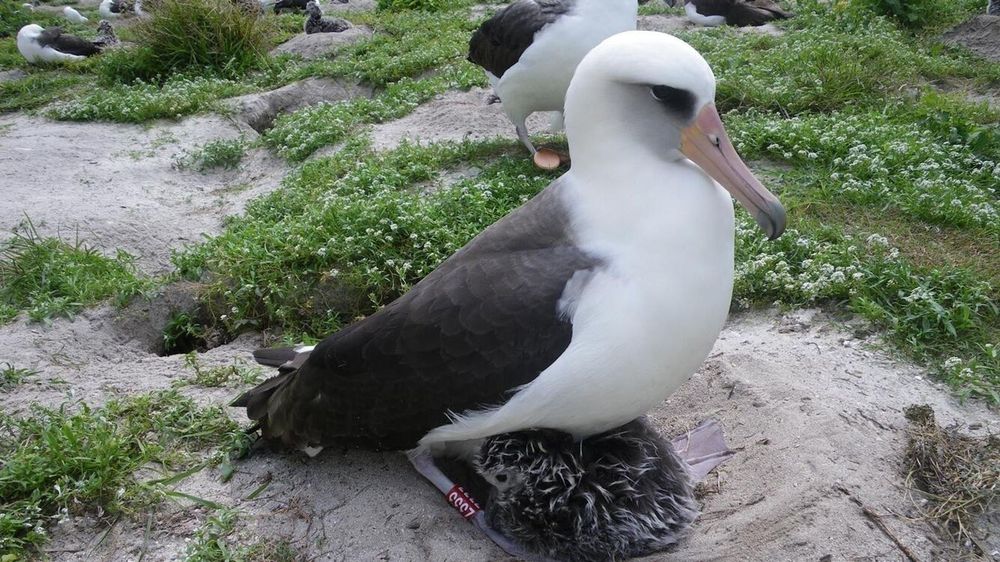
World’s Oldest Known Wild Bird Lays Egg At Age 74
Wisdom the albatross returned to Midway Atoll with a new mate and her first egg in years. The long-lived seabird is still alive and is estimated to be 74 years old.
Wisdom the Laysan Albatross is the oldest known wild bird and she recently laid a new egg at the Midway Atoll National Wildlife Refuge in Hawaii.
The announcement came via the United States Fish & Wildlife Service's social media on 3 December.
#Seabirds
www.forbes.com/sites/amanda...
03.12.2024 19:40 — 👍 246 🔁 100 💬 0 📌 19
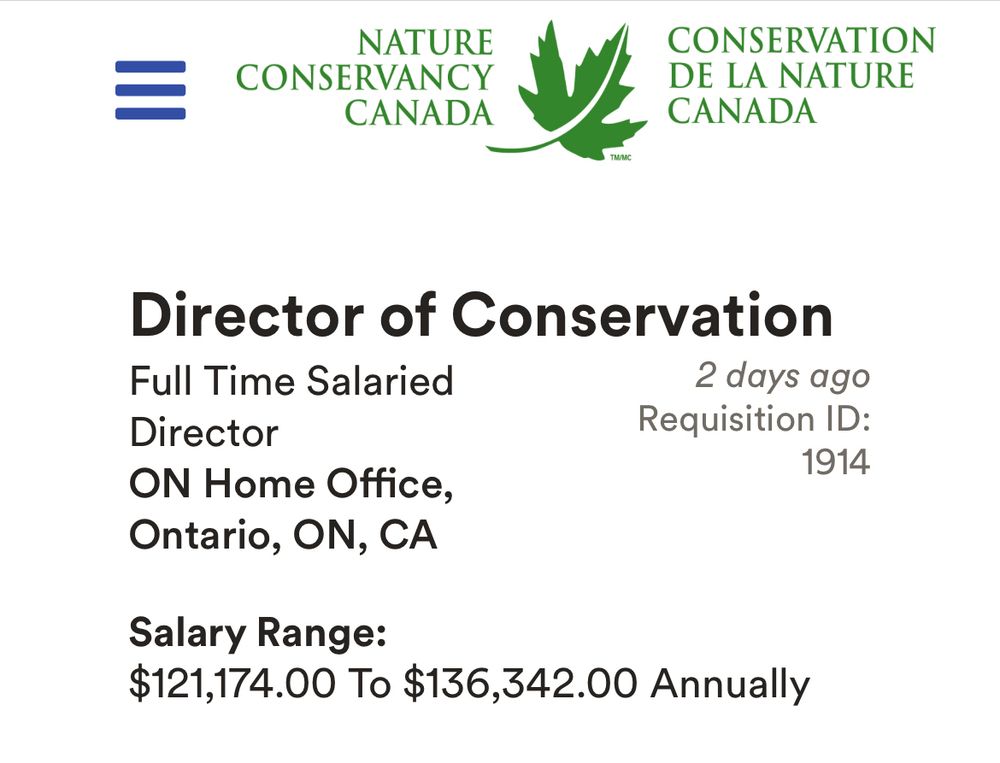
Screenshot of the top part of the job ad:
NATURE CONSERVANCY CANADA
CONSERVATION DE LA NATURE CANADA
Director of Conservation
Full Time Salaried
Director
ON Home Office, Ontario, ON, CA
Salary Range: $121,174.00 To $136,342.00 Annually
We’re hiring — this is a great job!
JOB: Director of Conservation (Ontario), @ncccnc.bsky.social
⭐️ Flexible location in Ontario
⭐️ Senior role
⭐️ Apply by 5 Jan 2025
⭐️ www.natureconservancy.ca/en/who-we-ar...
#ConservationJobs
30.11.2024 00:23 — 👍 78 🔁 60 💬 3 📌 5

In Toronto, numbers on urban forestry: The city has removed - i.e. cut down - 26,991 trees in under three years.
That's a huge loss of mature trees. Also tens of millions spent, if not $100-million. Why exactly?
secure.toronto.ca/council/agen...
26.11.2024 23:37 — 👍 46 🔁 21 💬 4 📌 1
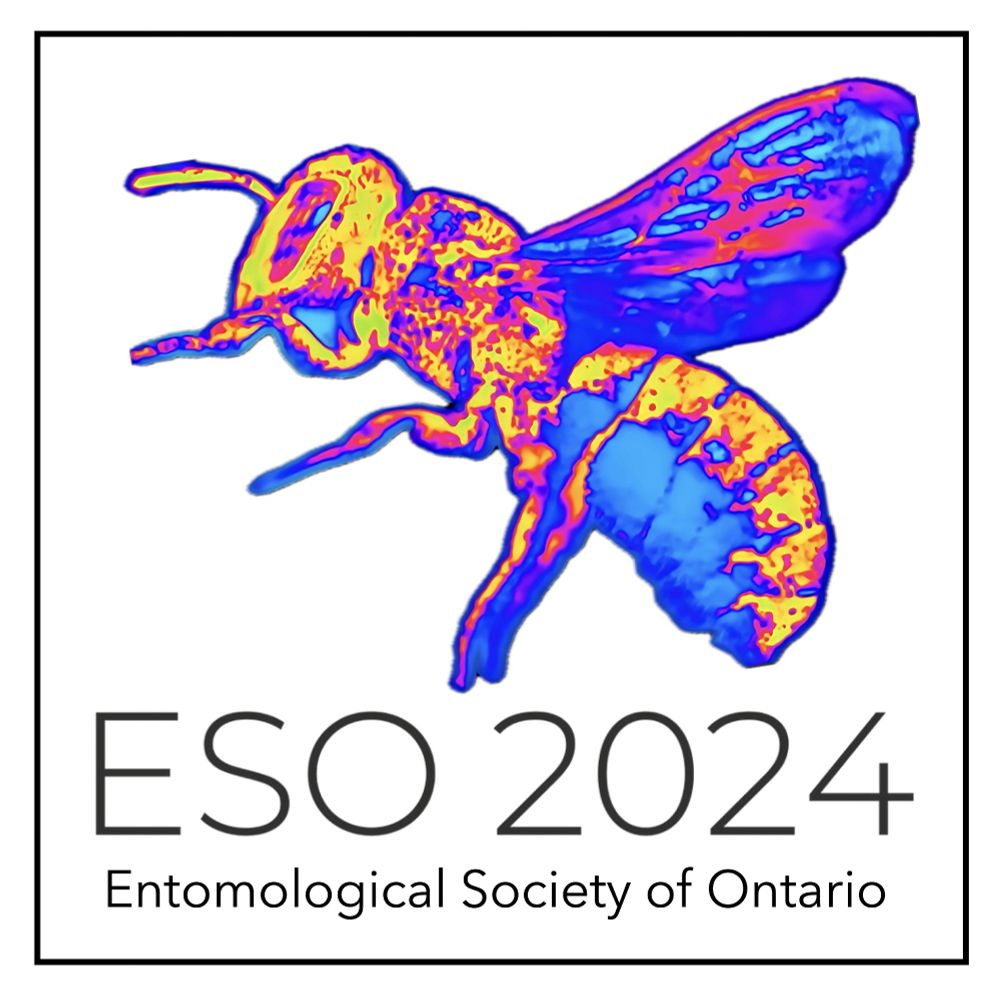
The 161st (!) Entomological Society of Ontario meeting is happening Oct 4-6 2024 at the University of Toronto Scarborough! 🐞🪲🐝👩🔬🔬
The theme is Entomology in a Multidisciplinary World.
Registration and info (incl. Keynotes) here: tinyurl.com/bdd27j96
Any qs: EntSocOnt2024@gmail.com
Please share!
02.08.2024 13:50 — 👍 5 🔁 2 💬 0 📌 2
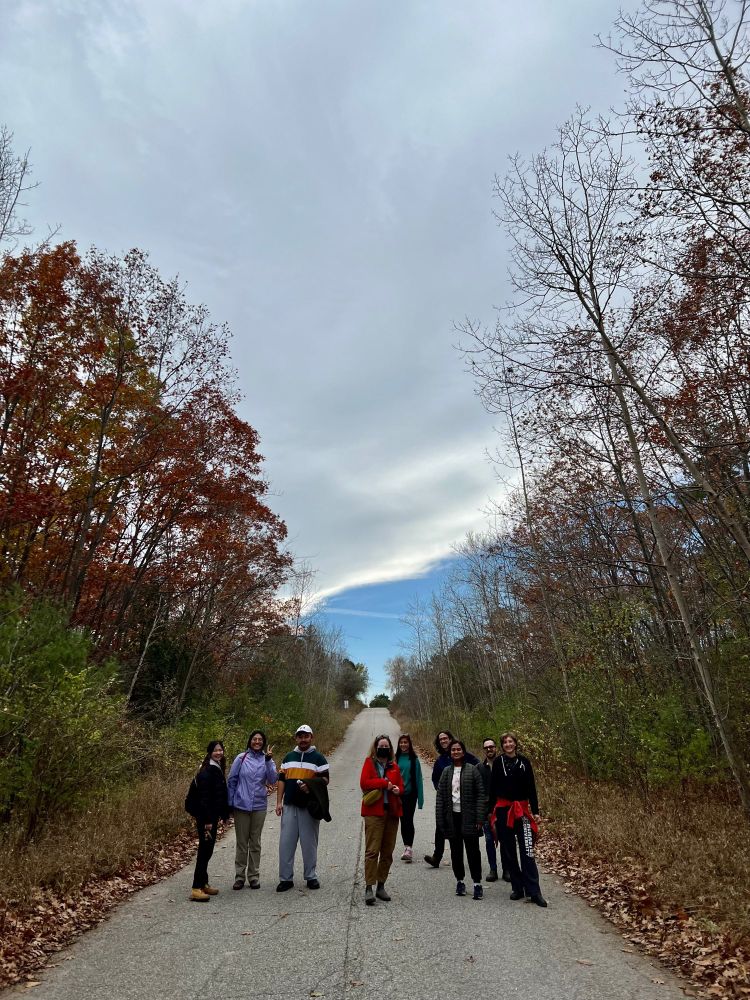
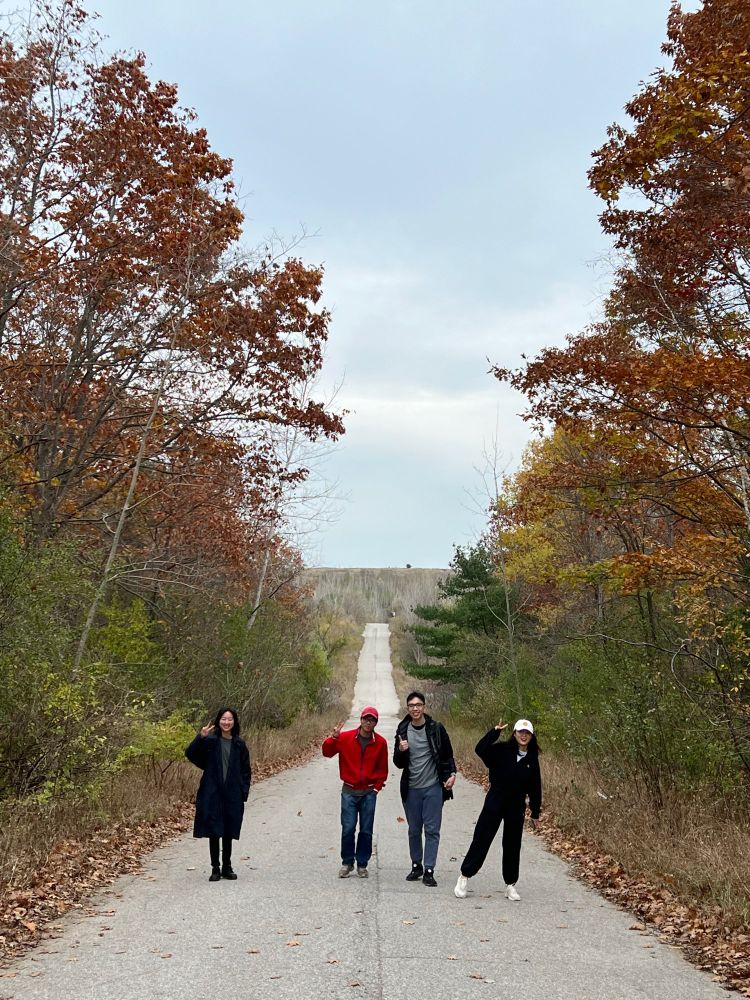
Lab members in front of and behind me on a lab-meeting-turned-hike in the Rouge National Urban Park this afternoon. We’re lucky it’s just 10 minutes from the University of Toronto Scarborough campus!
03.11.2023 21:08 — 👍 1 🔁 1 💬 0 📌 0
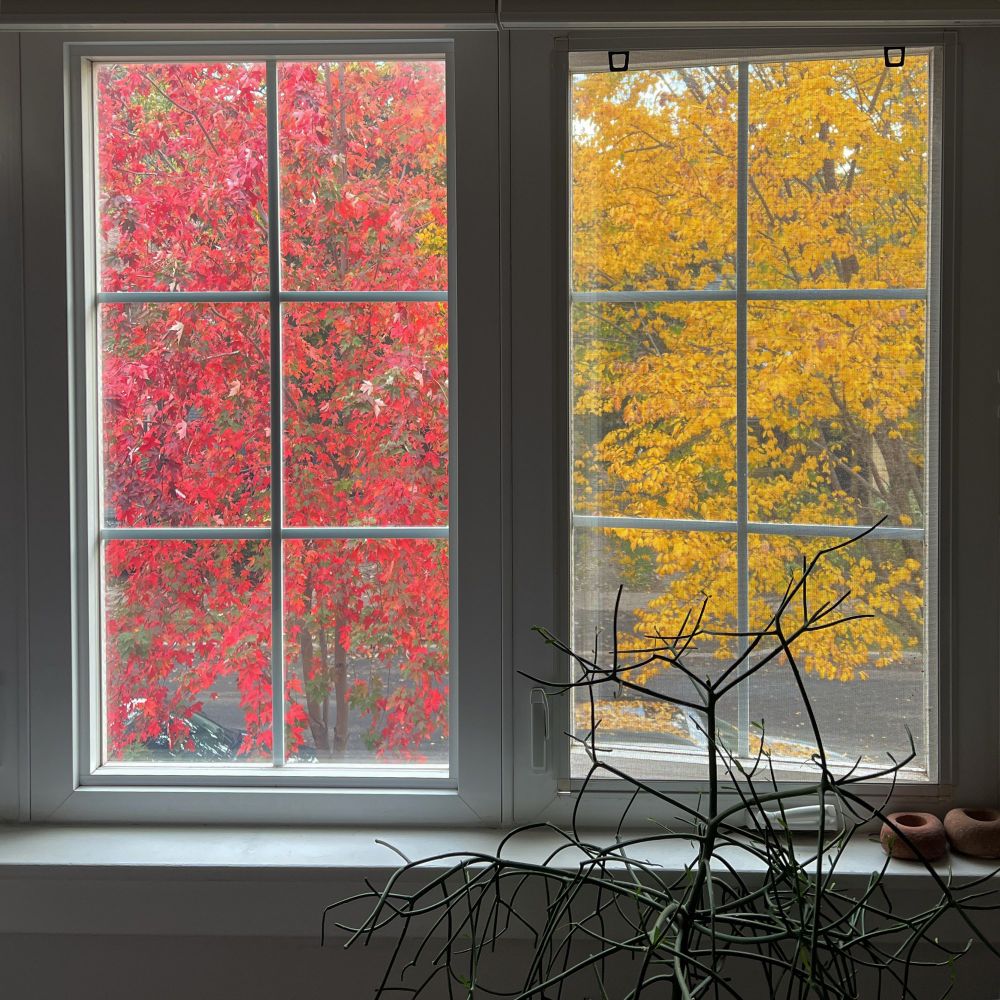
vibrant fall colours through the window this morning
27.10.2023 20:49 — 👍 5 🔁 0 💬 0 📌 0
Local tosser
Books author (New: Stroll!)
Toronto Star column writer
Spacing Magazine co-founder
U of T instructor
Trying to do it a bit different here than the last place.
Links to books, etc:
https://linktr.ee/shawnmicallef
🏳️🌈🏳️⚧️🤘🏼
Asst Prof #UTSC Comparative physiologist working on #climatechange #hypoxia #oceanacidification effects on aquatic organisms #senses physiology and behaviour. Opinions my own. She/her
Associate Professor-Zoologist at U Toronto Scarborough. Interested in things with high-sugar diets like hummingbirds, bats, bees, and my two daughters. Ecophysiology, ecotoxicology, science communication.
Evolutionary biologist, taxonomist, and melittologist.
Professor of ecology and evolution @ UConn. Studies adaptation, evolutionary immunology, speciation, genomics, foraging, parasite ecology and more.
Hikes, rock climbs, tango, history buff, photographer & parent
Posts about jobs, conferences, etc. from the Evolution Directory (EvolDir) mailing list https://evol.mcmaster.ca/evoldir.html, run by Brian Golding. This bot is run by @rdmpage.bsky.social. Problems: https://github.com/rdmpage/evoldir-bluesky/issues
Research Scientist, Environment & Climate Change Canada; Adjunct Prof Carleton Uni
| Climate change ecology, impacts and adaptation, biodiversity conservation, threatened species, native bees 🐝, micro to macro scale | my own opinions | she/her | 💚 🚲 🏔️ 🐈
Professor in Ecology and Evolution and ARC Laureate Fellow @unimelb interested in what limits life | Mechanistic Niche Models | Functional Traits | Metabolic Theory | Microclimate | Climate Change | Dynamic Energy Budget Theory | Life History | NicheMapR
Bee lover and civil servant scientist. Bee research at https://tinyurl.com/bdh73yj5 and less formally www.beesfoundintranslation.org. Views are my own.
Music & writing, writing & music. New album coming in 2025. gillismusicarchive.bandcamp.com
Plant, restoration, and landscape ecologist
https://www.brudviglab.com/
(he/him)
Arachnologist, behavioural ecologist, natural historian, & spider advocate. I also knit, sew, & have strong opinions. Pronouns: she or they
Entomologist fascinated by flies (#Diptera), biodiversity & taxonomy. Telling the story of biodiversity, one species at a time. He/Him. Profile pic: Kerascoët
Bee ecologist & Assistant Professor of Biology at Kalamazoo College 🐝🌻🌈
Conservation Scientist @VTecostudies studying ecology of plants, insects, and birds. Crazy Cat(erpillar) Lady #urbanecology #forestecology #speciesinteractions #conservation #globalchange
what I'm up to --> http://www.desireelnarango.com
Professor of Biology. Ecology, evolution, genetics, in natural and urban habitats. VP of Canadian Society of Ecology and Evolution. Passionate about connecting kids with nature, advocating for grad students, postdocs, science funding. Proud Canadian!
Official feed of the Department of Biological Sciences, University of Toronto Scarborough (@UTSC) | Instagram & X: @UTSCBiology | Exploring the wonders of life...
Architecture critic @theglobeandmail.com. Also author, University of Toronto Daniels Faculty instructor, husband, father of two city kids.
https://www.theglobeandmail.com/authors/alex-bozikovic/










